Jonathan Carlton
Using Interaction Data to Predict Engagement with Interactive Media
Aug 04, 2021
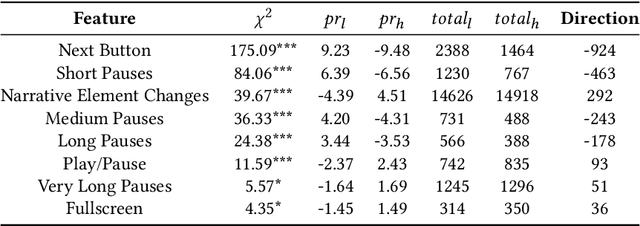
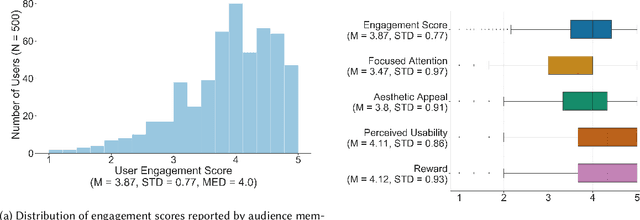
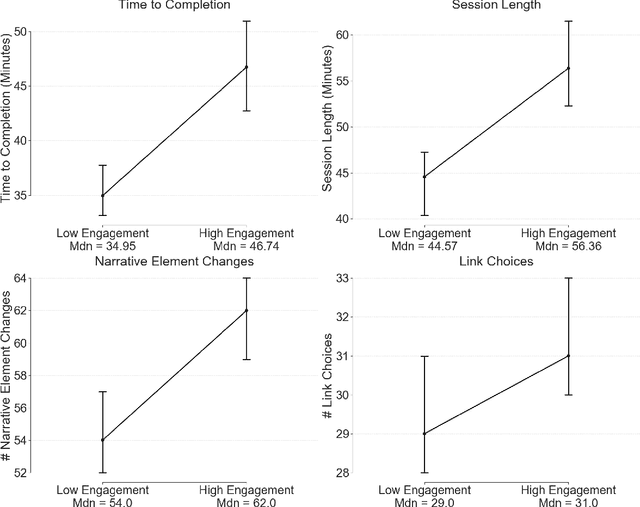
Abstract:Media is evolving from traditional linear narratives to personalised experiences, where control over information (or how it is presented) is given to individual audience members. Measuring and understanding audience engagement with this media is important in at least two ways: (1) a post-hoc understanding of how engaged audiences are with the content will help production teams learn from experience and improve future productions; (2), this type of media has potential for real-time measures of engagement to be used to enhance the user experience by adapting content on-the-fly. Engagement is typically measured by asking samples of users to self-report, which is time consuming and expensive. In some domains, however, interaction data have been used to infer engagement. Fortuitously, the nature of interactive media facilitates a much richer set of interaction data than traditional media; our research aims to understand if these data can be used to infer audience engagement. In this paper, we report a study using data captured from audience interactions with an interactive TV show to model and predict engagement. We find that temporal metrics, including overall time spent on the experience and the interval between events, are predictive of engagement. The results demonstrate that interaction data can be used to infer users' engagement during and after an experience, and the proposed techniques are relevant to better understand audience preference and responses.
Recruiting from the network: discovering Twitter users who can help combat Zika epidemics
Mar 11, 2017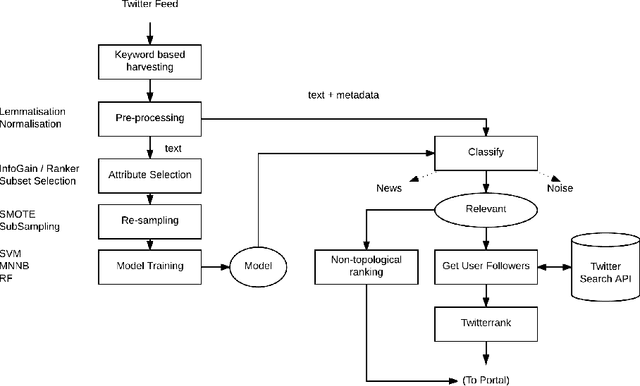


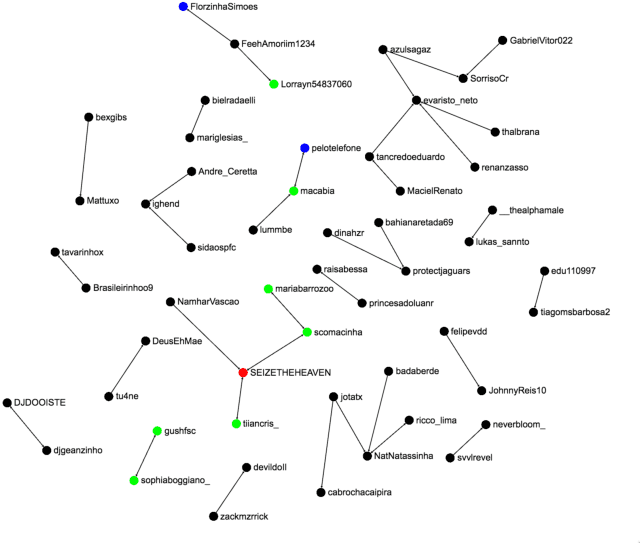
Abstract:Tropical diseases like \textit{Chikungunya} and \textit{Zika} have come to prominence in recent years as the cause of serious, long-lasting, population-wide health problems. In large countries like Brasil, traditional disease prevention programs led by health authorities have not been particularly effective. We explore the hypothesis that monitoring and analysis of social media content streams may effectively complement such efforts. Specifically, we aim to identify selected members of the public who are likely to be sensitive to virus combat initiatives that are organised in local communities. Focusing on Twitter and on the topic of Zika, our approach involves (i) training a classifier to select topic-relevant tweets from the Twitter feed, and (ii) discovering the top users who are actively posting relevant content about the topic. We may then recommend these users as the prime candidates for direct engagement within their community. In this short paper we describe our analytical approach and prototype architecture, discuss the challenges of dealing with noisy and sparse signal, and present encouraging preliminary results.
 Add to Chrome
Add to Chrome Add to Firefox
Add to Firefox Add to Edge
Add to Edge